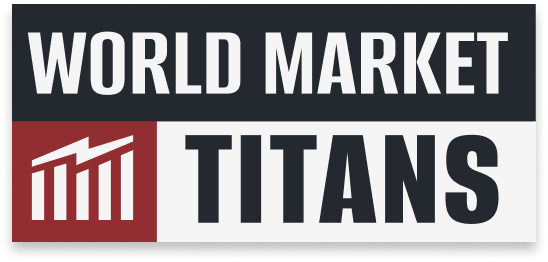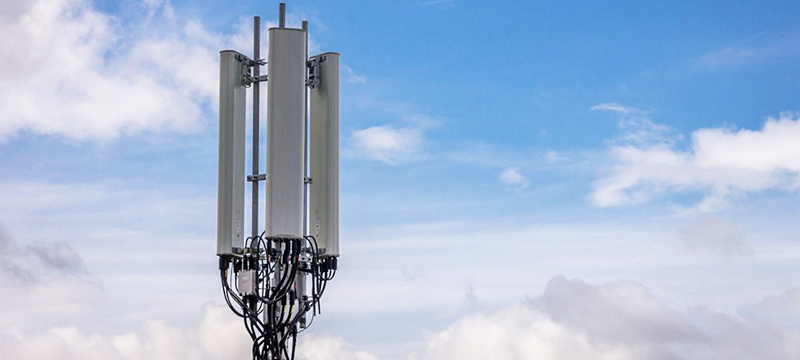The Internet of Things (IoT) plays an important role in the connected present — and future — of business. With many important applications, spanning from collecting performance data for optimising manufacturing to improving infrastructure and facilitating connected vehicles, IoT is gaining momentum across industries and organisations. In fact, a recent report by analyst group IDC predicted that IoT investment will see a compound annual growth rate of 11.3% from 2020 to 2024.
But behind the excitement of the potential applications of IoT, an important question remains about how best to connect the IoT so that businesses stand to gain the most from the technology without compromising upload/download speeds, security, and multi-user capacity. The answer lies in ensuring a future-proof deployment that takes advantage of the benefits that LTE can offer today whilst paving the way for the 5G connectivity of the future.
The 5G network
The 5G network has been ushered in with much fanfare around the world. It provides higher speeds, lower latency, and increased capacity than its 4G predecessor. The consumer reception of 5G, with its faster speeds, has been lauded. However, despite its benefits, 5G isn’t completely without pitfalls when it comes to business applications. The enterprise capabilities of this network haven’t proven themselves to be completely fool proof. For example, full global coverage isn’t yet a guarantee.
In other words, 5G is on its way to becoming reliable for the enterprise, but it’s not quite there yet. In order for IoT applications to function properly, reliable connectivity is a must. This means that it causes enterprise players to search for more optimal solutions that can be a ‘stepping stone’ to 5G. That’s where LTE networks come in.
pLTE networks
One of the key developments for enterprise IoT in recent years is the availability of spectrum for the deployment of private networks. This offers many benefits for enterprises since it allows them to create completely secure networks behind the enterprise firewall. Another advantage is that bandwidth is not shared with other applications using the public network, making it possible to deploy applications that require high speed or high bandwidth connectivity.
Both public and Private LTE (pLTE) provide superfast connectivity — albeit not as fast as 5G. Yet crucially, they offer widespread coverage on a global scale. Public LTE differs from pLTE in that the network is owned by the mobile network operator (MNO). In contrast, pLTE is a private solution because the organisation owns the network, meaning it has complete control.
In that sense, pLTE is similar to a public 4G network, offering fast, reliable, and secure connectivity. Furthermore, it provides long-term network continuity, following the sunsetting of 2G and 3G networks in some parts of the world. Additionally, organisations using LTE networks benefit from a seamless upgrade path to 5G once they are ready to transition. The benefits of LTE are immense, though the speeds of public LTE and pLTE don’t match 5G. Therefore, the solution for organisations seeking to run IoT applications in as smooth and seamless a fashion as possible is to use private LTE as a stepping stone to private 5G. This is a logical approach because it means that enterprises can fulfil the unique needs of IoT-connected applications today, whilst future proofing them to ensure speed as well as security in the long term.
The unique needs of IoT-connected applications
By nature, IoT applications are very diverse. Some are static; others are mobile. Some require sizable data packages and upload speeds; others send minimal data infrequently. For example, compare the modern connected car, which must upload location information, video, audio, and a plethora of other data points, with a monitoring device in an agricultural environment, which sends a regular ping to update soil moisture data. One is a moving vehicle, requiring connectivity across networks and geographical borders, the other is a static application sending very small amounts of data. More broadly, a critical aspect of IoT devices is their ability to send — rather than receive — data. Examples include wind turbines reporting on energy output, beehives reporting on the activity of the hive, and lorries reporting on their location and delivery status. These are all upload functions that require seamless integration, easy synchronisation, and constant connectivity in order to function efficiently.
5G is a useful tool for supporting all of these data upload functions, yet as it has some way to go in terms of for example availability, it’s not quite ready for enterprise-grade reliability — particularly in more rural areas. When IoT connectivity is required for offshore wind farms, or across entire logistics networks, intermittent connectivity won’t cut it.
LTE, on the other hand, offers much more widespread coverage in both rural and urban areas. An organisation can review its regional connectivity requirements and choose to opt for pLTE to ensure even greater control and security over its IoT network, removing it from the whim of the MNO. Public LTE can be used as a fallback in areas of less stringent control requirements, and the upgrade path to private 5G is there when the organisation requires it.
When it comes to security, pLTE provides additional fortification to an organisation’s IoT network. Because it is a privately controlled network, security fortifications can be managed stringently, reducing data breach risk to the absolute minimum.
Final thoughts: the need for an agnostic connectivity solution to resolve the challenges of IoT applications
Bringing the benefits of IoT can be one of the most revolutionary and important decisions a company can make. Paying attention to the issues outlined above — speed, functionality, security — are all important considerations when deciding how to run IoT applications.
By working with a connectivity provider that can support multiple connectivity technologies, an organisation can future-proof its IoT applications, avoiding costly device or SIM swaps once devices have been deployed in the field. This ensures that IoT applications are always running optimally, with minimal frustrating down times. Taking advantage of the benefits offered by public and private LTE today, organisations can benefit from great speed, high security, flexible performance, and widespread coverage, at a reasonable cost. Ultimately, 5G networks will provide even greater advantages in terms of speed and low latency, but until they are fully accessible to the enterprise, LTE and especially Private LTE networks allow them to control their connectivity without compromise.
The post Powering IoT connectivity: The critical step from LTE to 5G appeared first on IoT Business News.


























